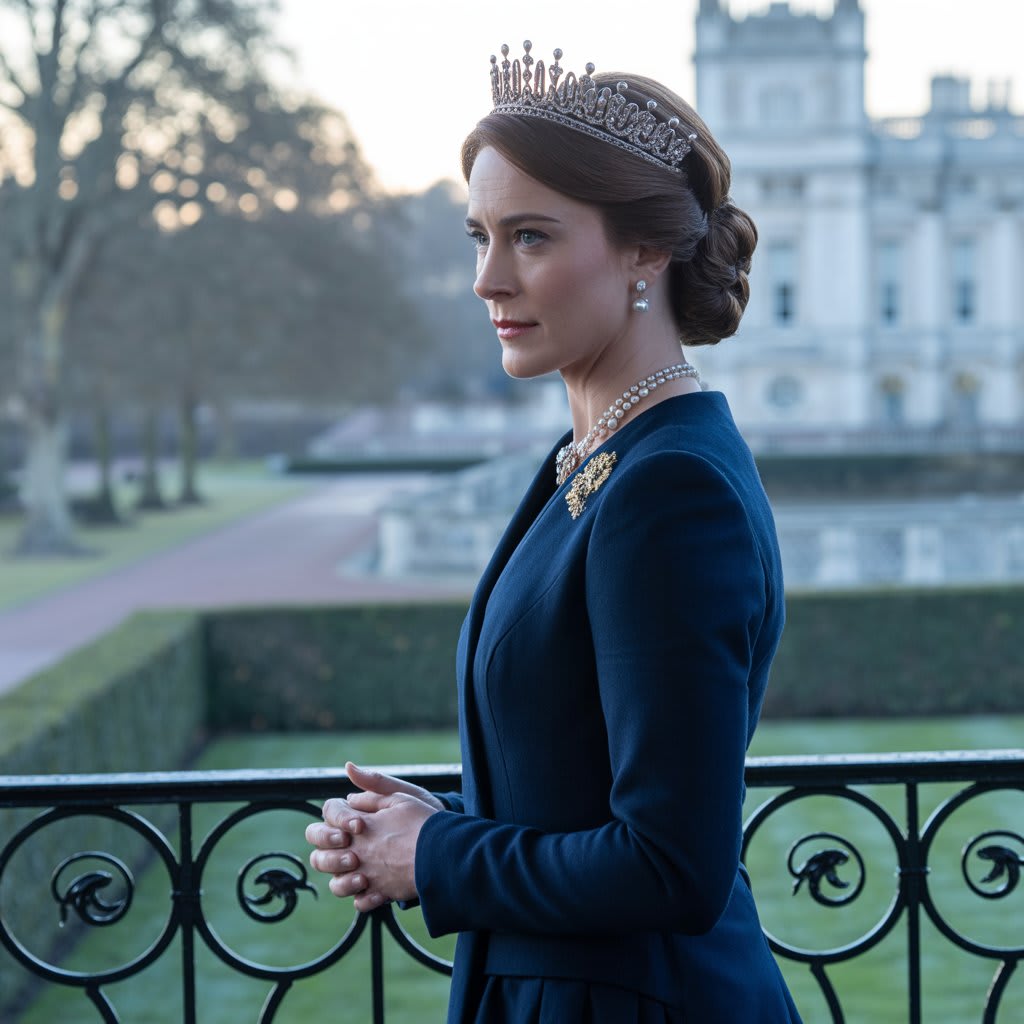The world paused on that brisk morning in 2025 as King Charles III stood at the podium, not just as monarch, but as a man facing mortality. Flanked by Queen Camilla and Prince William, he delivered words that would echo through royal history—not only acknowledging a new health struggle but entrusting the future of the monarchy to someone unexpected: Catherine, Princess of Wales.
While his cancer battle had already been made public in 2024, the King now revealed an additional, unnamed illness—one he chose to face with privacy and dignity. Yet what truly shocked the world wasn’t the diagnosis. It was his decision to pass the symbolic torch of sovereignty to Catherine, not his son, Prince William.
As the cameras rolled and Charles’s voice wavered with emotion, Catherine stood just out of frame. Her posture was poised, but her eyes glistened with tears. Insiders later revealed she had been overcome—not by ambition, but by the weight of trust the King had placed in her.
This wasn’t a power grab. It wasn’t about bypassing William. It was a strategic and emotional choice born from their shared struggles. Both Charles and Catherine had faced cancer. Both had stood at the edge of uncertainty. And in those long, private moments at Sandringham, they forged a quiet bond that surpassed bloodlines.
Charles had long admired Catherine for her composure and empathy, but it was her resilience that sealed the decision. Declared in remission in January 2025, Catherine had emerged from her own battle stronger—not just in health, but in spirit. She became, in Charles’s eyes, not just a daughter-in-law, but a symbol of what modern royalty could be.
Observers had long noted her transformation—from a dutiful consort into a figure of quiet authority. Whether comforting cancer patients at hospital visits or speaking candidly about post-treatment fears, Catherine had redefined what it meant to be royal. She wasn’t chasing grandeur. She was showing grace under fire.
William, ever the steady presence, stood behind the decision. While he remained heir, he saw Catherine’s temporary stewardship as a way to support both her recovery and his father’s vision. Their partnership, rooted in mutual respect, now forms the emotional backbone of the royal family.
Queen Camilla, too, offered quiet mentorship. Despite her own health challenges, she remained a stabilizing force for Catherine—offering practical wisdom and empathy only decades in the royal spotlight could provide.
But perhaps the most tender responses came from the youngest generation. Princess Charlotte, with her growing awareness, reportedly asked heartfelt questions about her grandfather’s health. Prince George began offering small gestures of care to his mother. Even little Prince Louis, with his boundless energy, brought moments of levity into an otherwise heavy chapter.
While Buckingham Palace remained discreet about the King’s new illness, speculation swirled. Some suspected COPD, others Parkinson’s. But at the heart of it all was a man trying to ensure his legacy—choosing not just a successor, but a steward who could embody both compassion and strength.
Catherine, for her part, continues to find balance in small rituals—walks through the palace gardens, time at the piano, bedtime stories with her children. These moments ground her, even as her public responsibilities grow.
Inside the palace, she’s already being briefed on diplomacy and statecraft. Advisors note her keen intuition, her empathy-led leadership, and her willingness to listen. She’s not seeking the spotlight. She’s preparing to guide it.
Royal watchers around the globe have embraced her evolution. Social media hashtags like #CatherineLeads trend alongside heartfelt tributes to her journey. While critics question the break in tradition, supporters see a monarchy finally catching up to its people—choosing relevance over rigidity, humanity over hierarchy.
In many ways, King Charles’s announcement was less about stepping back and more about stepping forward—toward a monarchy defined not just by blood, but by earned trust. And in Catherine, he found someone who didn’t just understand duty. She lived it.
Her tears on that hisoric day weren’t signs of fragility. They were marks of humanity—of a woman who felt deeply, loved fiercely, and was now ready to carry not just the crown, but the hopes of a family and a nation.
In a world craving authenticity, Princess Catherine may just be the royal voice the future needs
